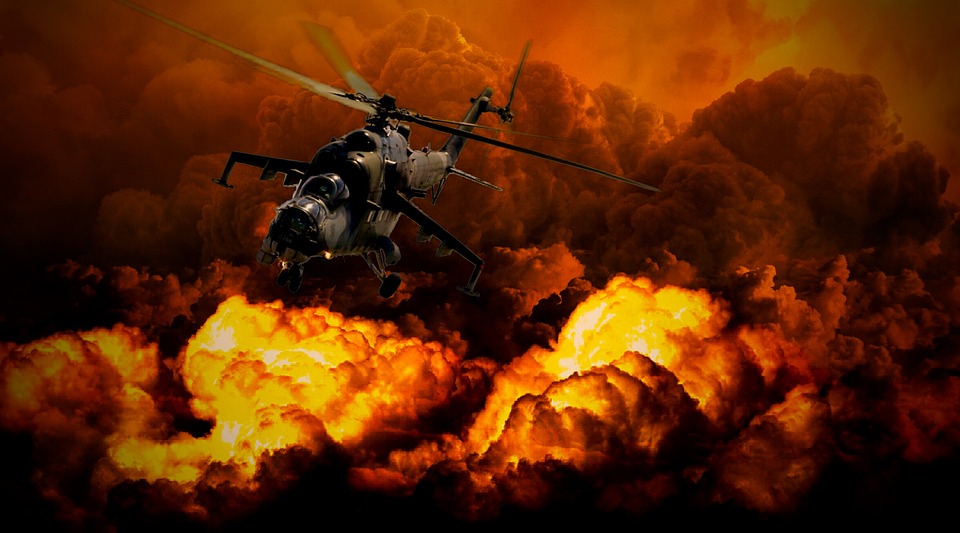Nuclear tests and nuclear weapons are the two most important developments which have been attracting the attention of scientists, technologists and the common people for the last few decades. Nuclear tests can be conducted in air, on the ground, under the ground and even under the sea. The out coming radiations and radioactive fallout from these nuclear tests causes harm to plants, animals and human beings in several ways. The dropping of nuclear bombs by United States over the two Japanese cities Hiroshima and Nagasaki on 6 and 9 August, 1945 demonstrated the awful effects of nuclear radiations and put number of questions like what do nuclear radiations contain? How do nuclear radiations affect a person and his offspring’s? How are nuclear radiations different to other forms of radiations? Are nuclear bombs the main source of radiations? Why there is fear of radiations in public mind? Such questions are troubling the human mind continuously.
Nuclear radiations in reality are considered as a boon on one hand and bane on the other. All of us are exposed to different types of radiations every day. In earlier days, it worried no one because nobody knew about it. With the advancement in technology, the radiation has created fear in the minds of people regarding its possible adverse effects on living organisms and overall environment. The two important routes through which radiations affect the human body are inhalation and ingestion. Different sources of radiation are the air we breathe, water we drink, food we eat, house we live in, TV we watch, medical treatment we take, heat we take from sun and so on. The most harmful source of radiation is the nuclear explosion/nuclear bomb. A nuclear explosion is an explosion that occurs as a result of rapid release of energy from a high speed nuclear reaction. Nuclear bombs are generally of two types. Atomic bombs based on nuclear fission and hydrogen bomb based on nuclear fusion. Fission and fusion processes are opposite of each other. According to Einstein mass energy relation E = mc2, in either process, mass is lost, converted into tremendous amount of energy in a short interval of time within small space and ultimately an explosion takes place. Let us look at the physics involved in two cases.
In atomic bomb, arrangements are made in such a way that the splitting of nuclei U-235 takes place by the bombardment of slow neutrons through fission process. Fission process occurs through a mechanism known as chain reaction. With every fission, number of neutrons taking part in chain reaction go on multiplying and makes the reaction uncontrollable. On the other hand, in hydrogen bomb, different combinations of hydrogen (1H), deuterium (2H) and tritium (3H) are made to fuse together. Different fusion reaction combinations are hydrogen-deuterium (1H + 2H), deuterium-deuterium (2H + 2H), and deuterium-tritium (2H + 3H). Out of these combinations, the fusion of deuterium- deuterium is most likely to take place on earth as it is available in large quantity under the sea.
Moreover the effects of hydrogen bomb are more severe than the atomic bomb as the fusion of 1 kilogram of deuterium produces energy equivalent to that obtained from the fission of several kilogram of uranium. The nuclear explosion may be of low yield (kiloton) or high yield (megaton). When the explosion takes place in the atmosphere, radioactive material gets scattered for several weeks or years depending on the size of bomb and yield of explosion. These radioactive nuclides may further disintegrate into other radioactive nuclides in the atmosphere and gets globally scattered. Consequently these globally scattered radio nuclides fall on the earth surface and get mixed with soil, grass, water, plants etc. As the birds and animals such as cows, buffaloes eat grass and drink water, their milk gets contaminated with radio nuclides which ultimately find their way into human beings through ingestion of food, milk, water and by other means. The radio nuclides which are of major concern for the present and future generations are carbon-14, Cesium-137, Strontium-90, tritium etc.
Although radiations have adverse effects on living beings but it cannot be denied that today radiations have contributed to significant improvements in the fields of medicine, agriculture, research, industry and energy production. Nuclear techniques help in diagnosing and treating thyroid. Radiation is used for sterilizing surgical instruments to ensure hygienic safety. Radioisotopes are used to help in increasing animal weight and milk production and controlling animal diseases.
Even though radiations have positive and negative effects yet the lack of adequate knowledge in handling it can prove devastating. Most of technological incidents and accidents are due to human errors, human failure, violation of rules, and lack of education. These incidents occur on every level, from the planning of nuclear installations to their construction, monitoring, maintenance and disposal. To avoid such accidents and to reduce their impact on human health and environment there is a need for improvement of nuclear safety and security. The safety of operating staff is a prime concern in nuclear plants. Radiation exposure can be minimised by the use of remote handling equipments. Robots may provide multiple uses at nuclear power plants and save the workers from harmful radiation effects. To reduce the risk of nuclear explosion, it is advisable to keep the nuclear weapons disassembled. Moreover the safe and proper disposal of radioactive waste is very necessary in terms of safety measurements. Regular inspections and audits by external and neutral experts are required at all levels for proper safety and security.
